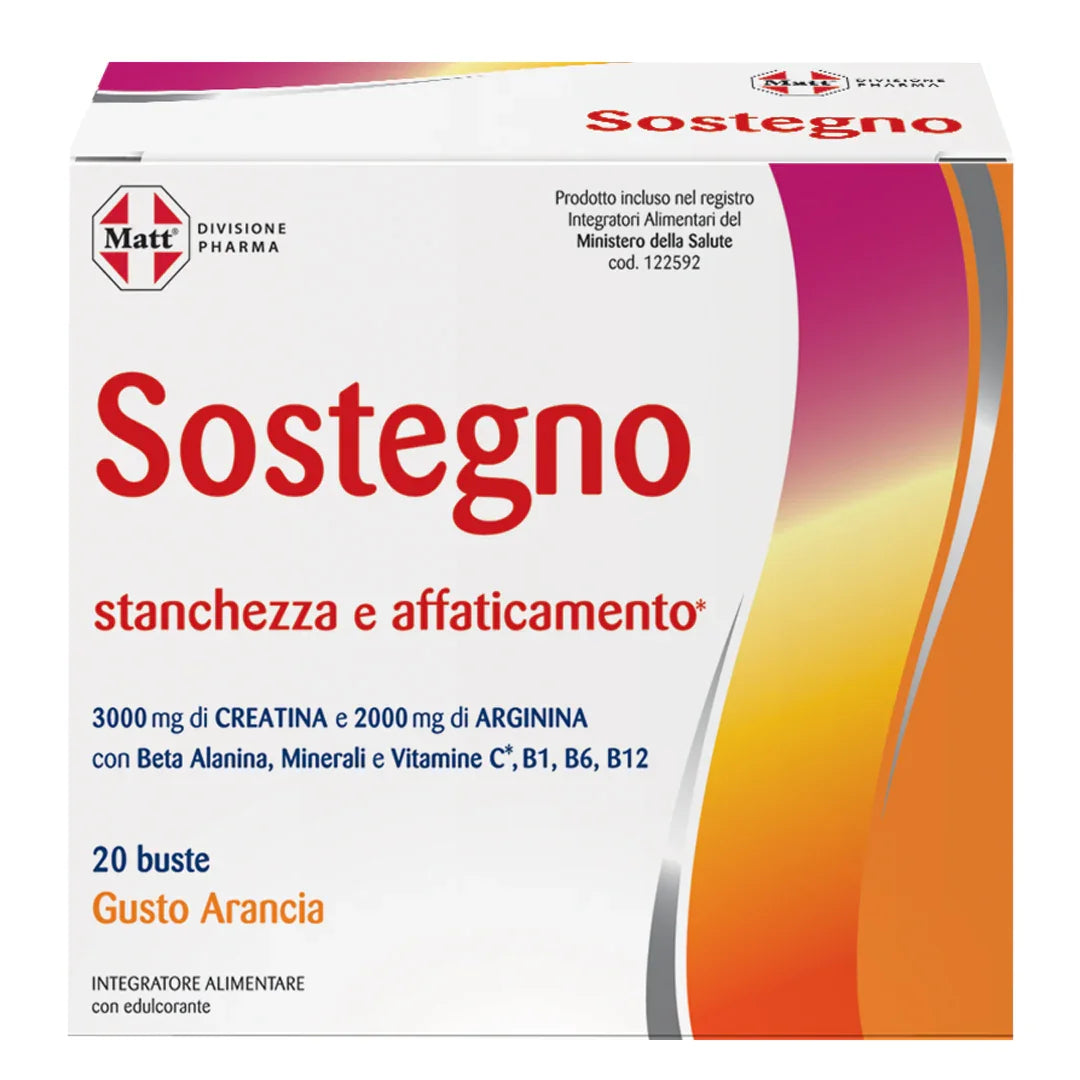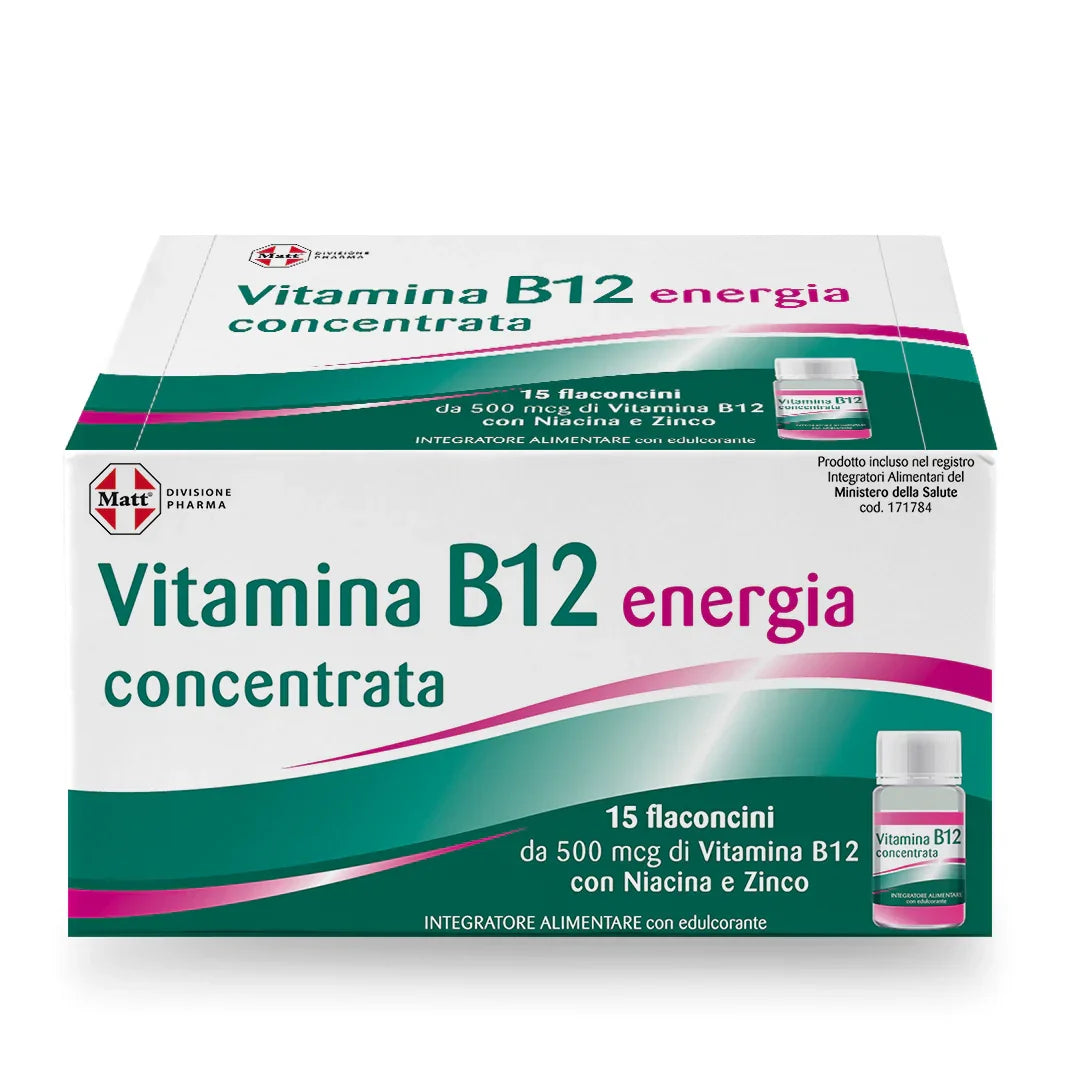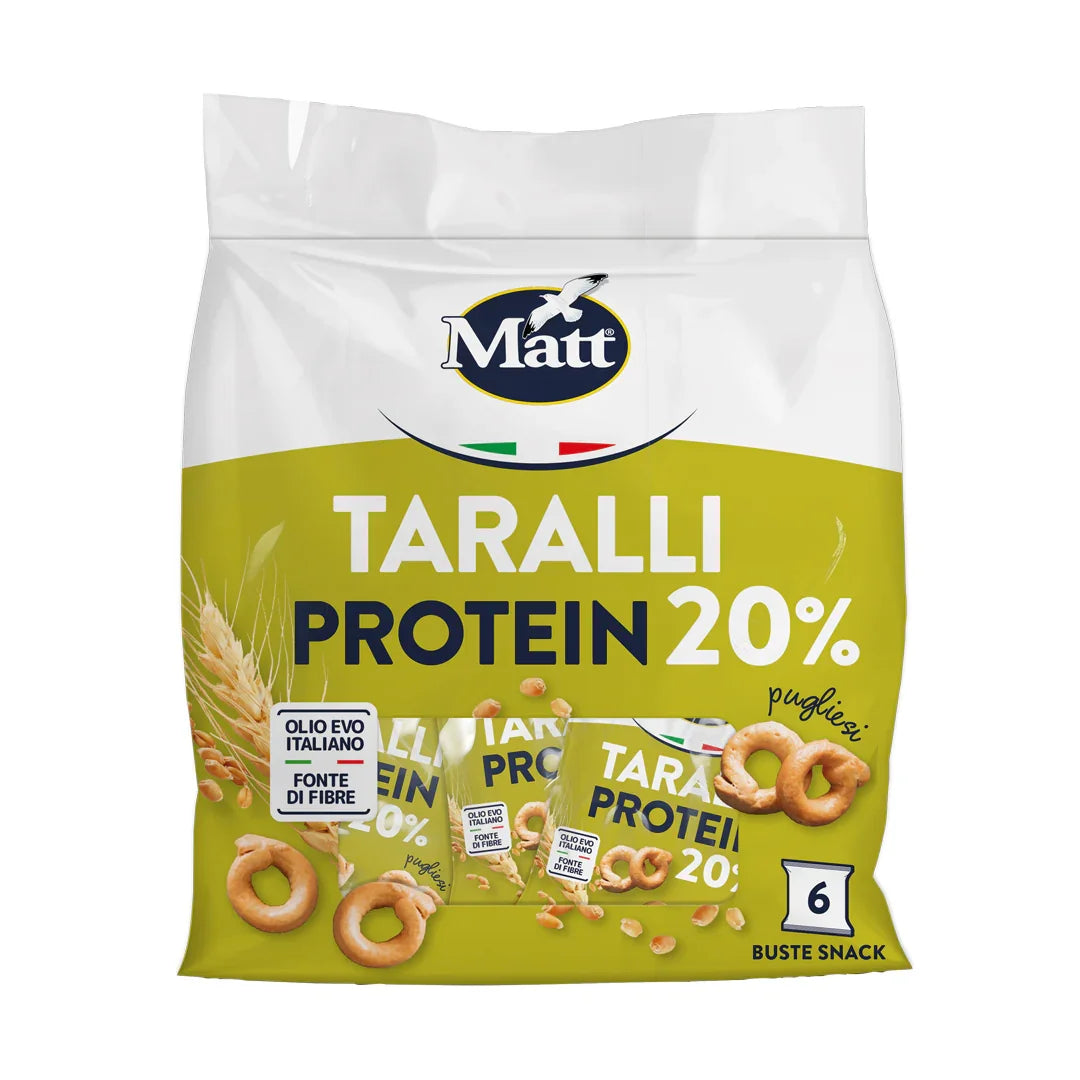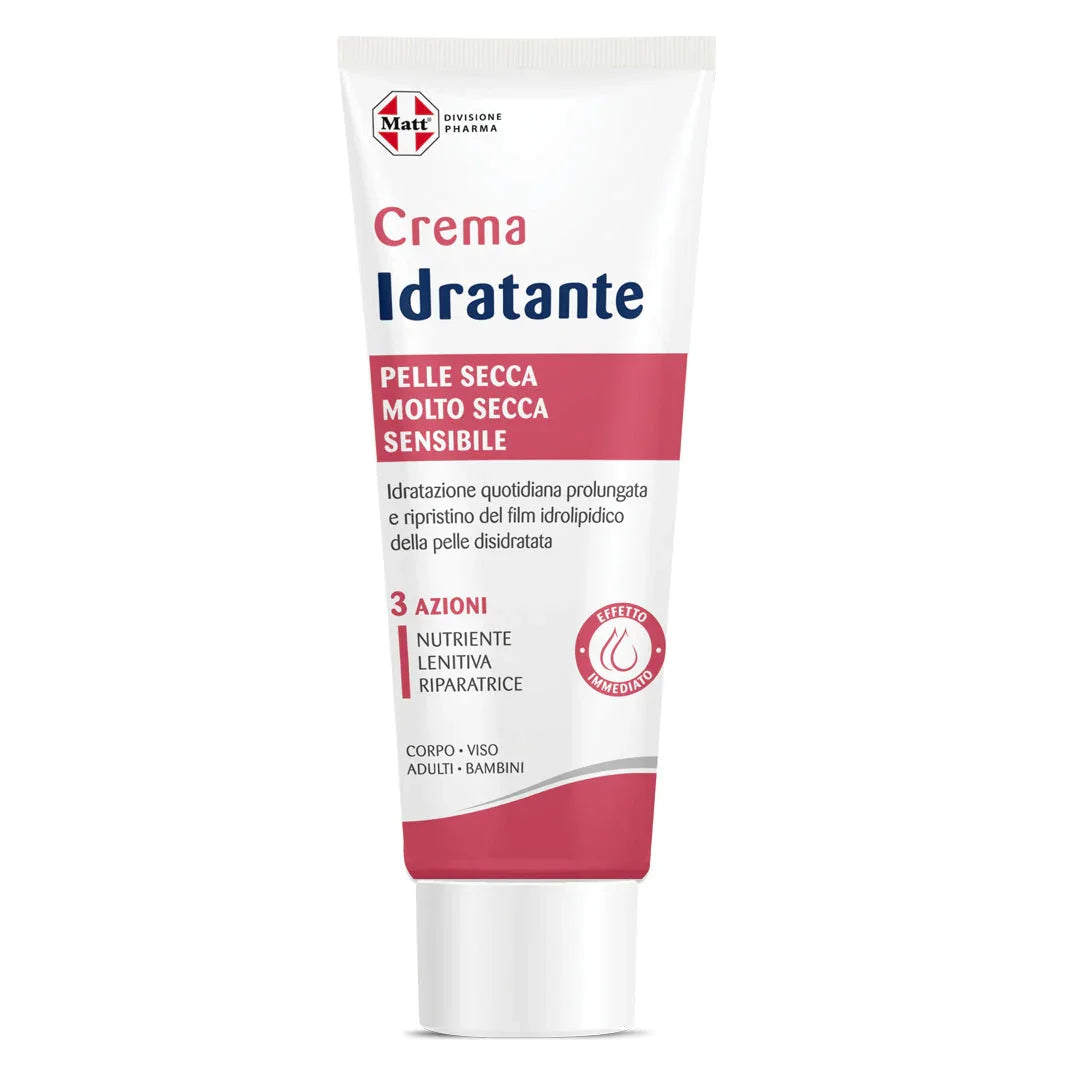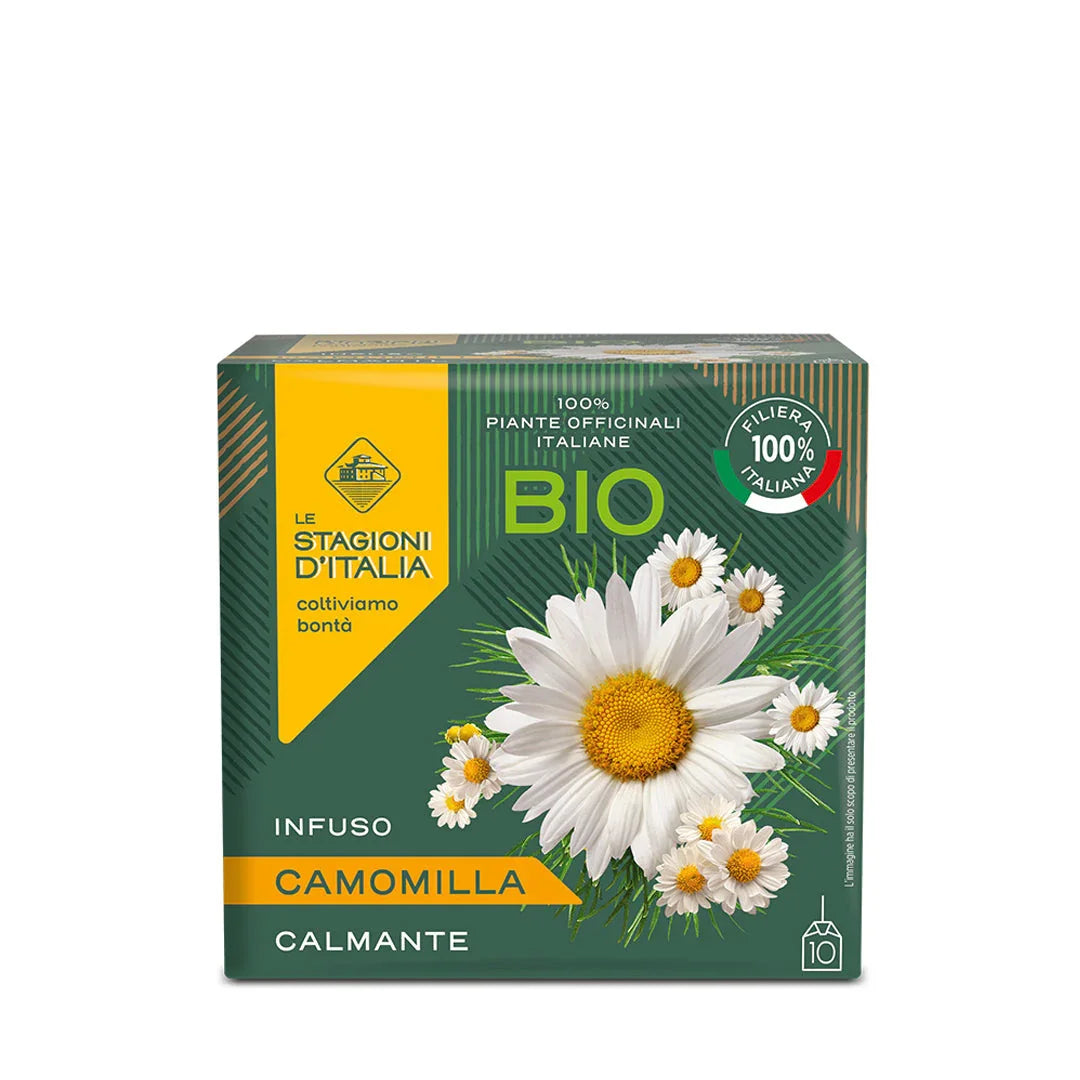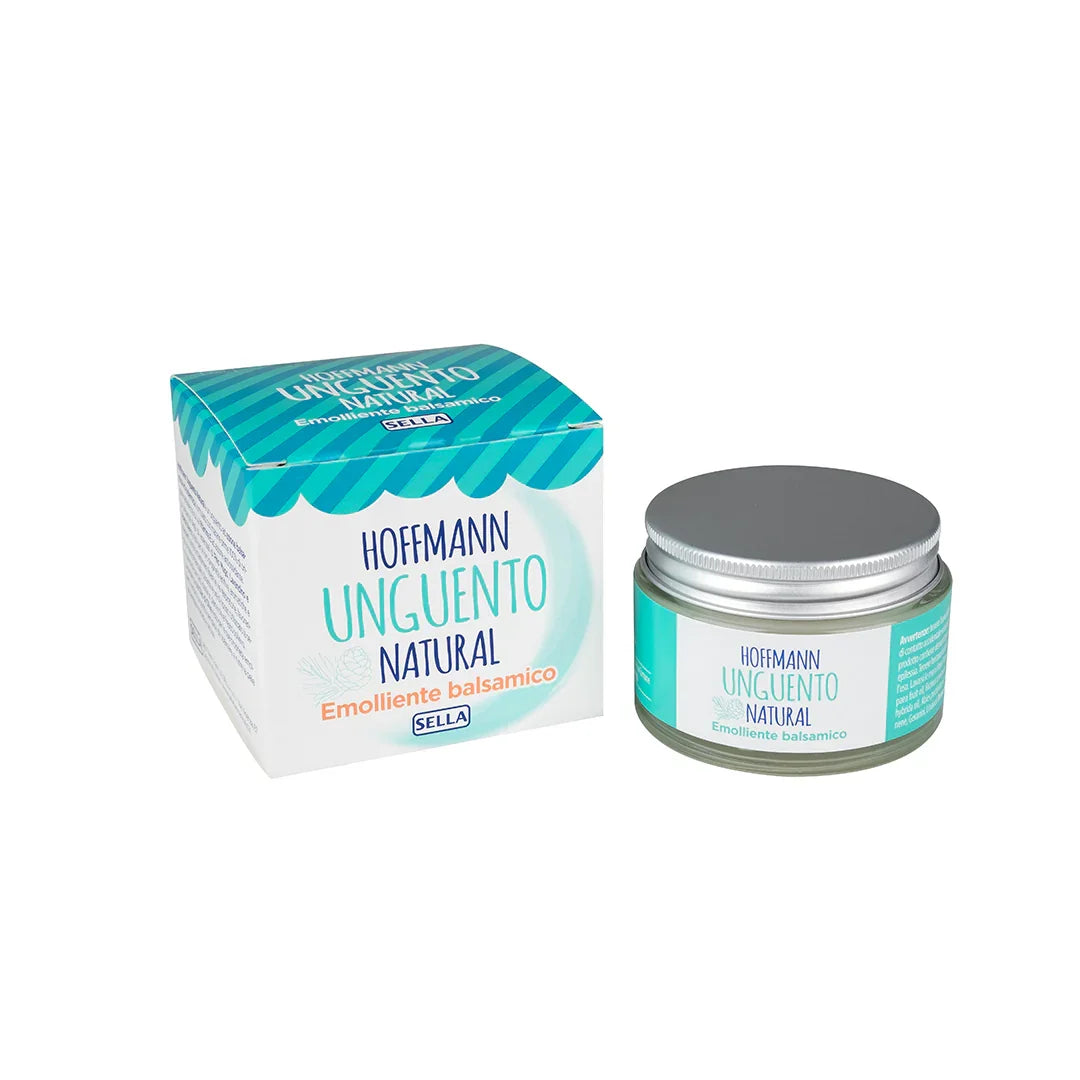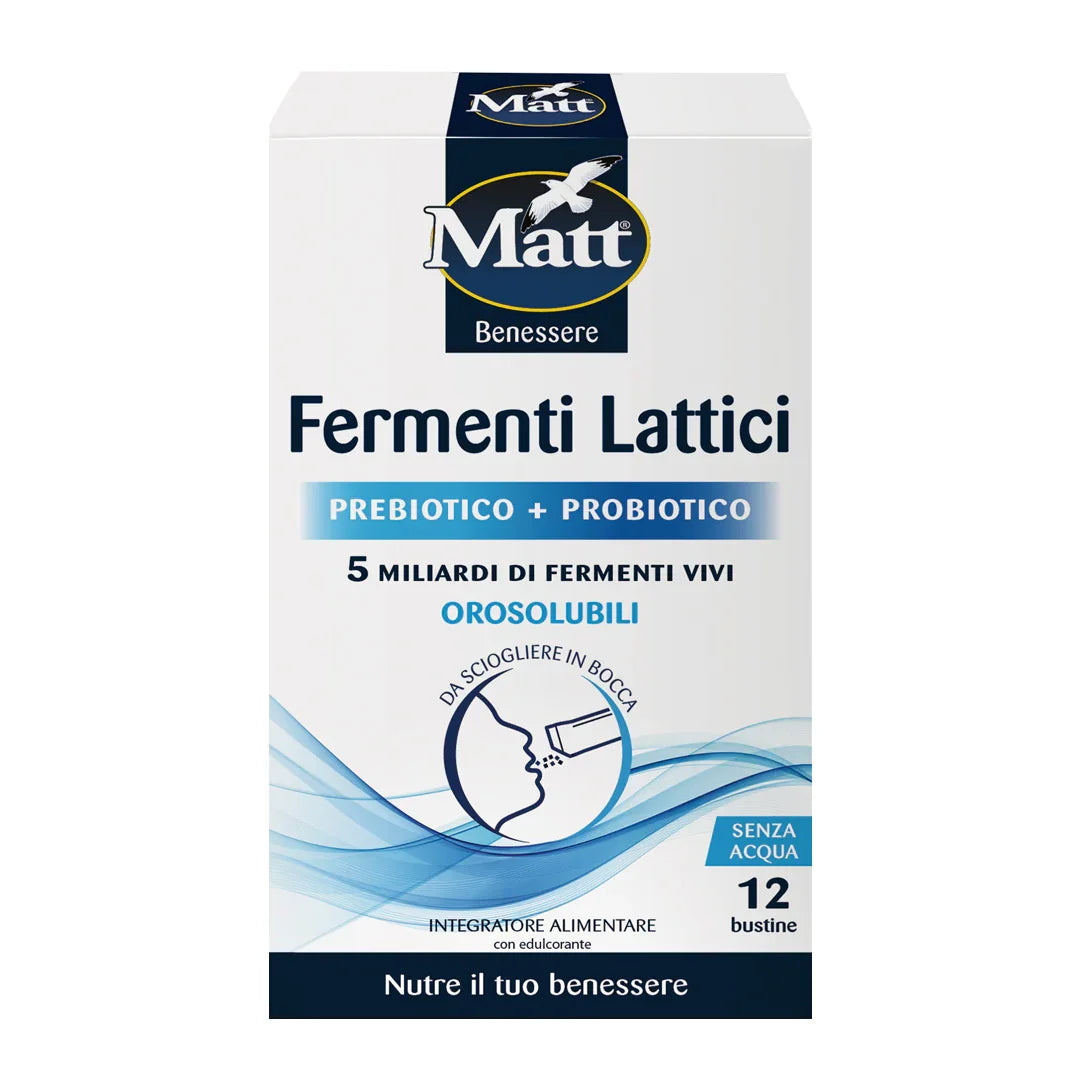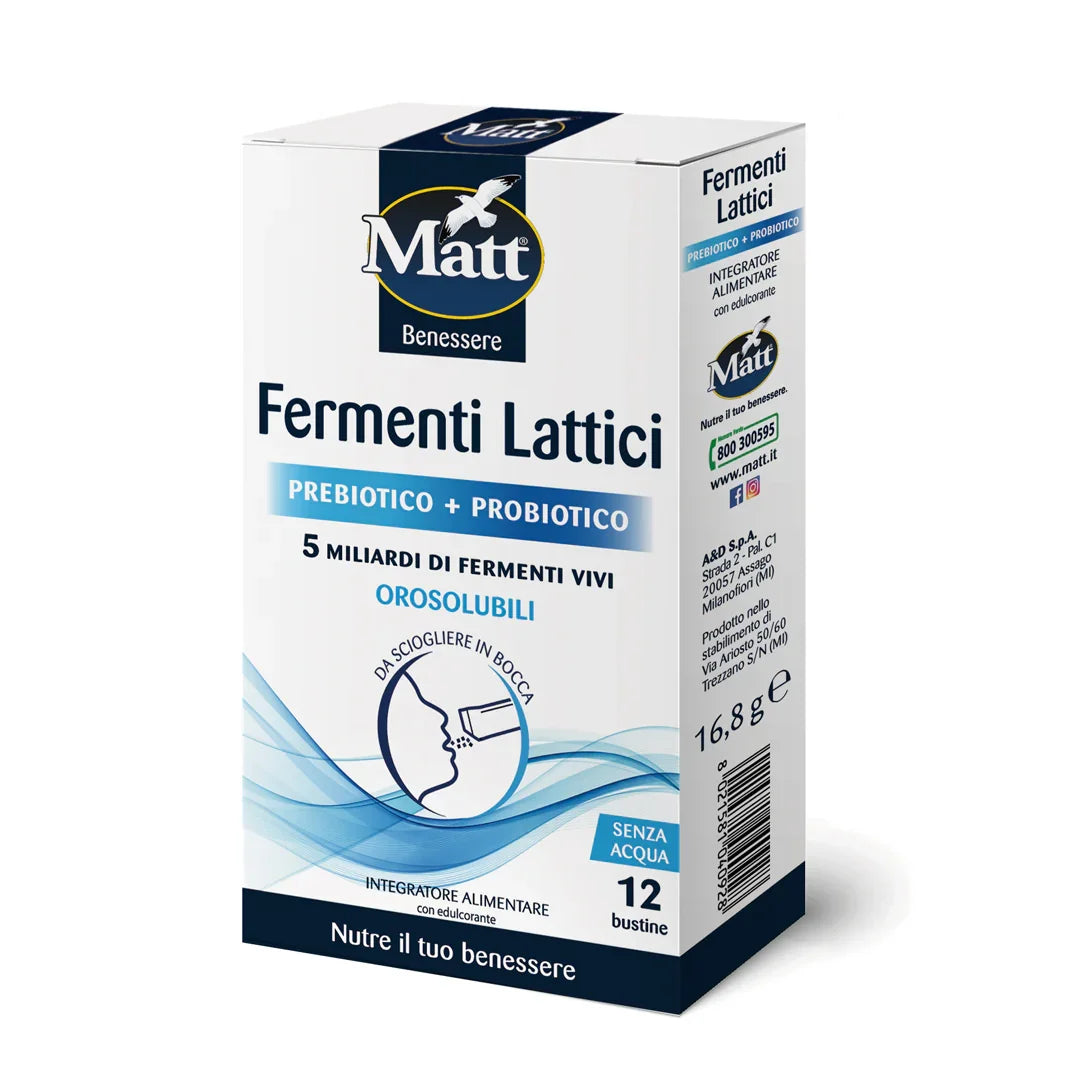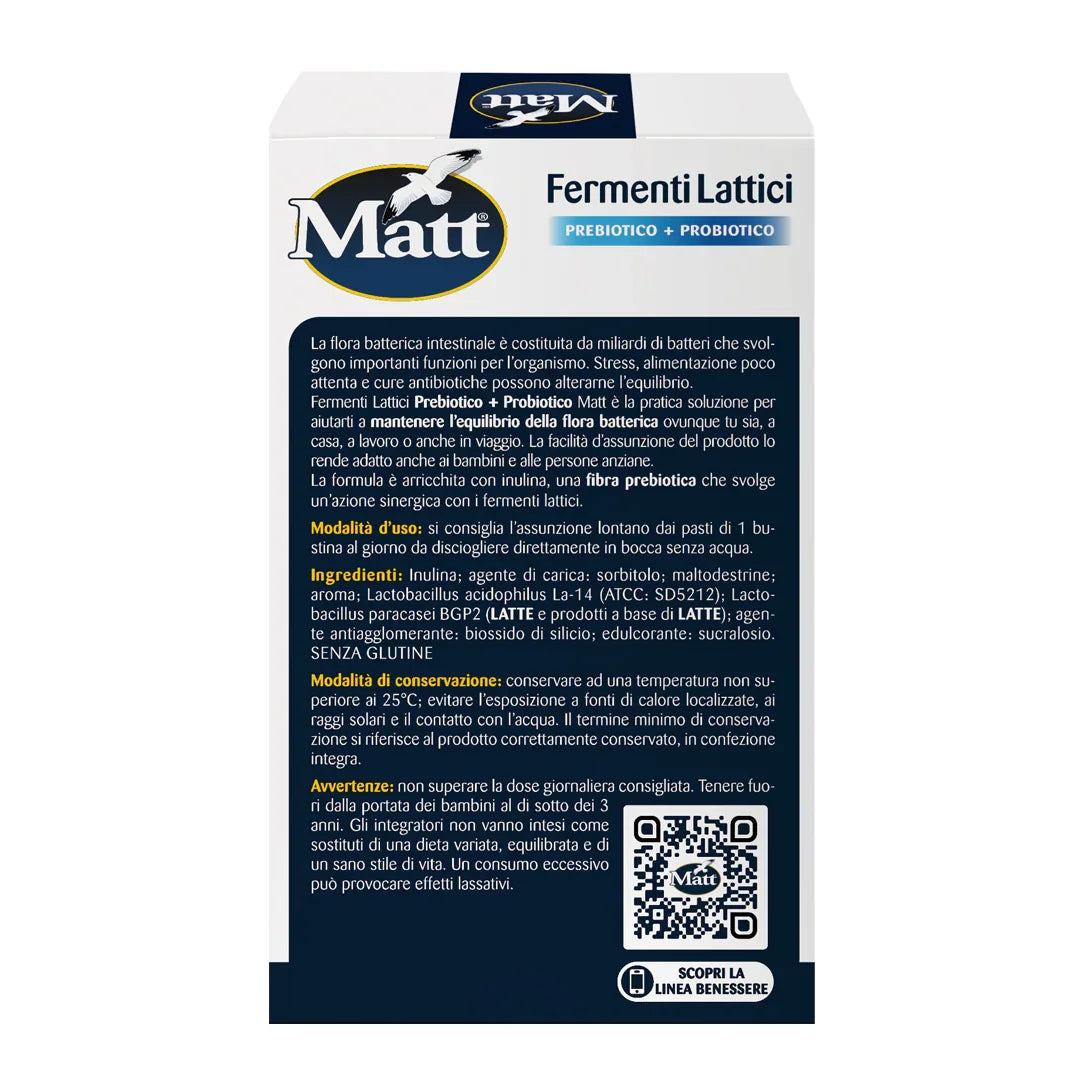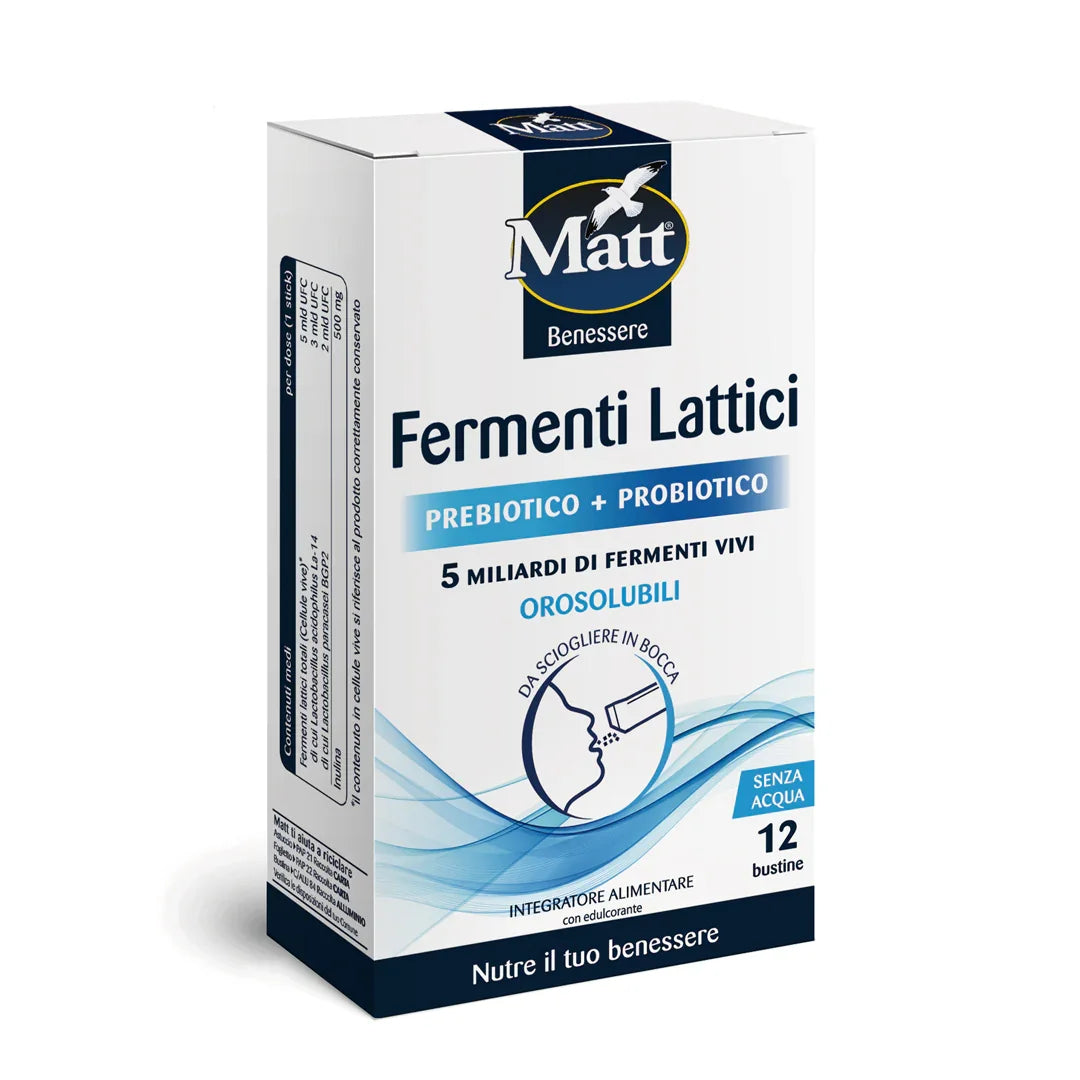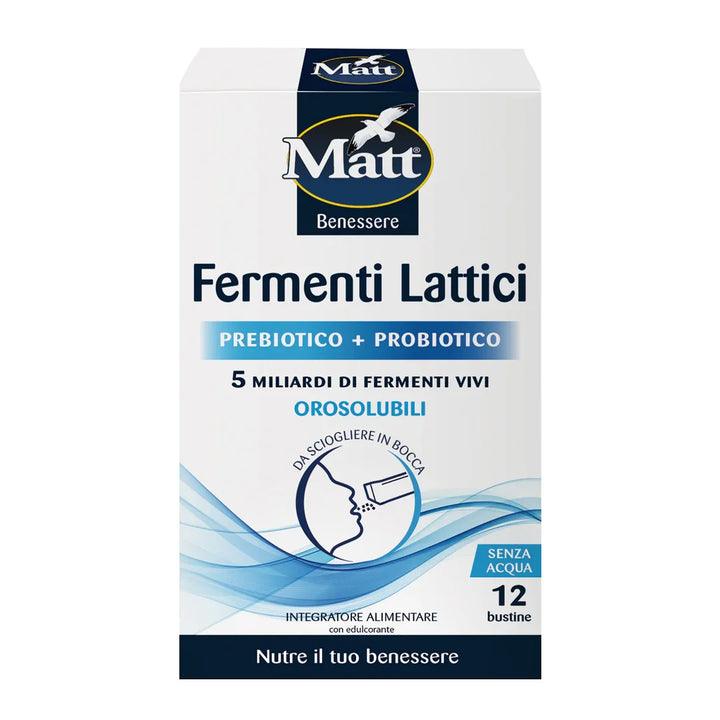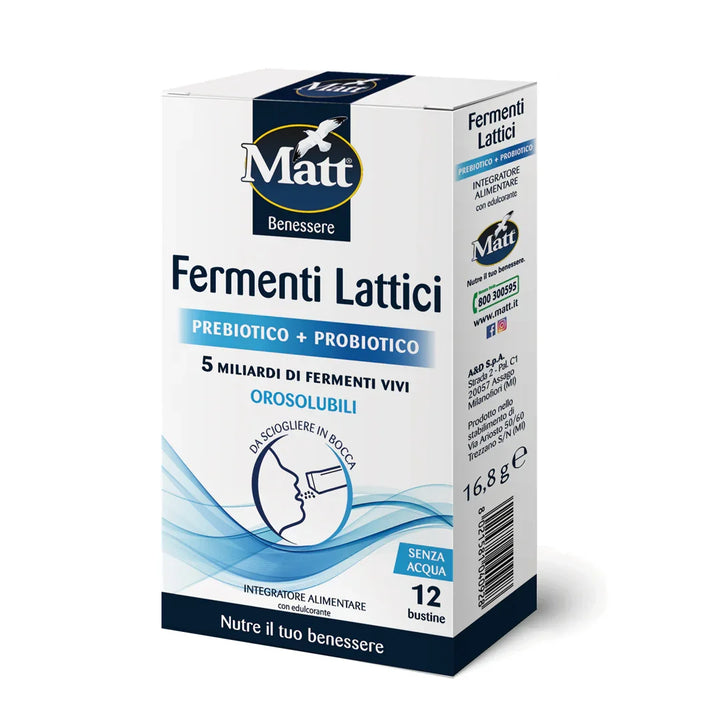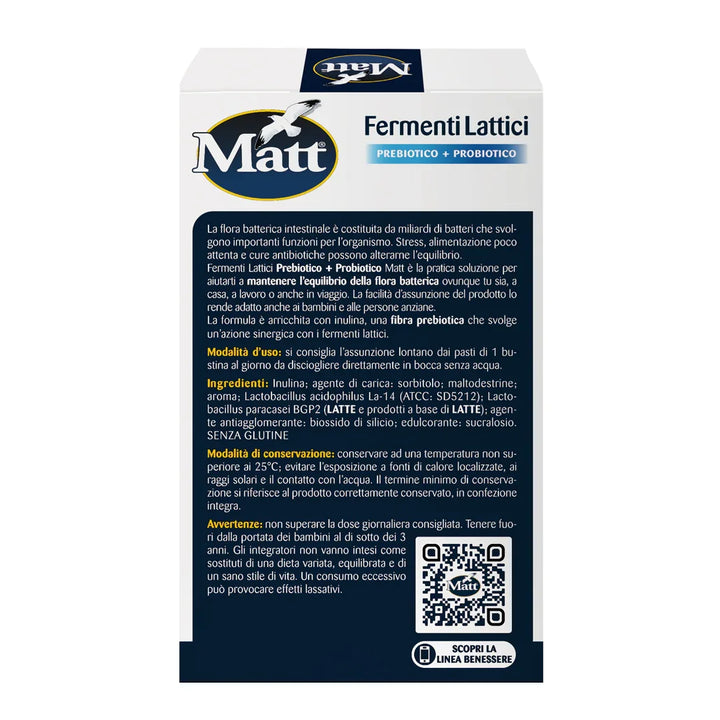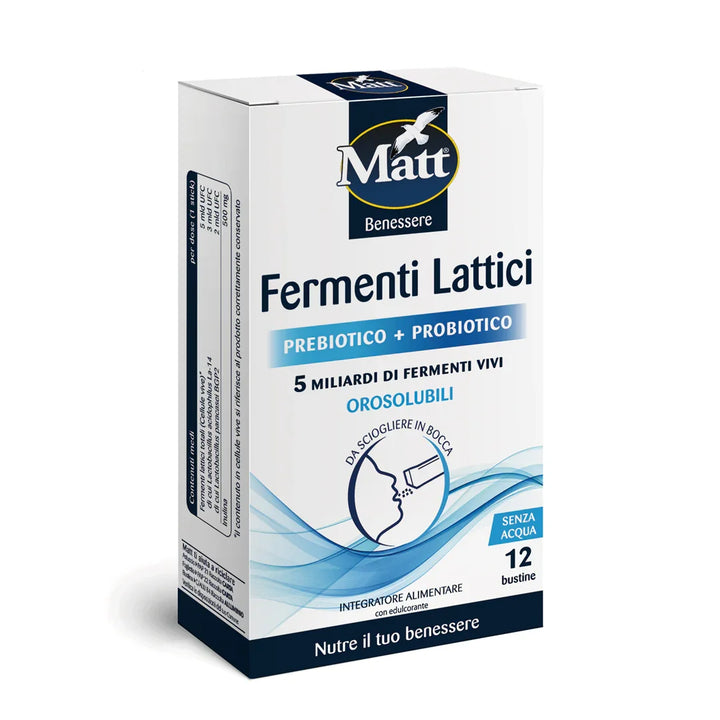Lactic acid bacteria—or probiotics—are live microorganisms that, when consumed in adequate quantities, promote the balance of intestinal bacterial flora. Interest in these microorganisms has grown exponentially in recent years, thanks to studies linking them. for digestive health. In this article, we'll discover what lactic acid bacteria are used for , how to choose them, and when to include them in a responsible supplement plan.
What are lactic ferments?
Lactic acid bacteria include bacteria that mostly belong to the genera Lactobacillus and Bifidobacterium . They are found naturally in the human intestine and in some fermented foods (yogurt, kefir). Their main function is to help maintain eubiosis , or the correct balance between "good" and "potentially pathogenic" bacteria present in the digestive tract.
Lactic ferments: what are they for?
Support for intestinal flora
Lactobacilli and bifidobacteria can contribute to maintaining the balance of the intestinal microbiota, creating an environment that is unfavorable to unwanted microorganisms.
Reduction of bloating and gas
A balanced microbiota can help limit excessive sugar fermentation, limiting intestinal gas production. Some studies suggest that specific strains can contribute to intestinal health and regularity when combined with a healthy lifestyle.
Support after antibiotic therapy
Antibiotics, while essential for fighting infections, can deplete the intestinal bacterial flora. Supplementing specific strains, in consultation with your doctor, during and after treatment helps rebalance the microbiota.
Strengthening the immune system
Some strains of probiotics are being researched for their potential role in supporting normal immune system function.
When to use a lactic ferment supplement
-
In case of seasonal changes –
-
Before/During/After travel to countries with hygiene standards
- In times of high stress
-
In the presence of a diet low in fiber or rich in processed foods
The ministerial guidelines remind us that the use of probiotics does not replace a varied and balanced diet, but rather complements it.
How to choose a good lactic acid supplement
Selected and titrated strains
Choose supplements that list the full names of the strains on the label (e.g. Lactobacillus rhamnosus GG, Bifidobacterium lactis HN019 ), associated with an acronym or identification number.
Quantity of CFU
The dosage is expressed in colony forming units (CFU) .
Matt lactic ferments:
The Bloating, Regularity and Intestinal Flora section includes formulations in capsules and orodispersible sachets that combine:
- Encapsulated live strains
- Prebiotic fibers – which act in synergy with lactic ferments
These supplements are convenient to take, do not require refrigeration (store below 25°C) and comply with the levels indicated by Italian regulations.
How to use and good support habits
Good habits:
- Increase your intake of soluble fiber (legumes, oats, vegetables).
- Maintain adequate hydration (1.5-2 l of water).
- Reduce simple sugars and saturated fats,
- Introduce naturally fermented foods (kefir, sugar-free plain yogurt) if tolerated.
What are lactic ferments used for? A summary.
Matt products comply with Italian regulations regarding supplements, guaranteeing the presence of the declared strains and the minimum quantities of CFU.




